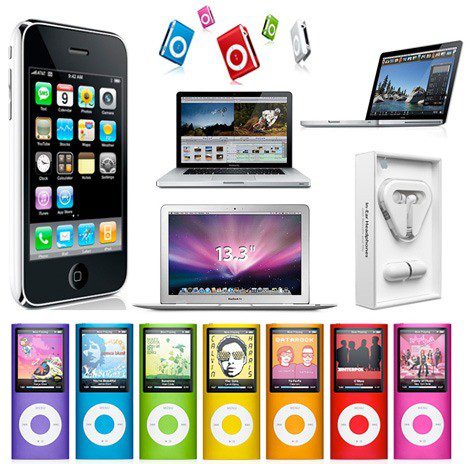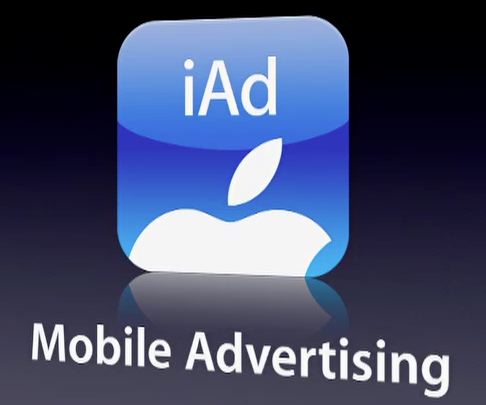Getting down and personal with your clients and employees is surprisingly foreign for many companies; yet, I maintain that it is going to be an increasingly important element of success for marketers in the future.
In this post, I want to lay down another anchor for why brands need to get more personal, using the as yet unvanquished Apple example.
As the Apple tsunami moves through the early adopters, internet geeks and the C-suite “down” to the masses, the Apple portfolio of i-products (ipod, itouch, iphone, ipad and itunes) will oblige brand marketers to think differently about how they interface (read: interfere) with their customers. Of course, there are many other competitive products to Apple which will have similar effects, but I am going to focus on Apple in this piece (and with reason).
The Apple phenomenon is most sexy when you consider its string of game-changing innovative products, the smooth, elegant design, the marvelous Apple community and its outstanding Apple Stores. But, at this point, the part that is most intriguing for me — and important for the marketer — is that these i-products are entirely personal and customized to each individual. Whether it is my ipad, iphone, itouch or itunes, each has my photos, my agenda, my music playlists, my films, etc. I download my applications and interface with my friends on Facebook, read my bookmarked sites or my book. Not only that, but since these products are all mobile, I am going to be where I want to be. Really, the “i” stands more for the ego than the i-nteractive element.
Moreover, all the Apple products are running on a harmonious (if still proprietary) operating system — now called Apple I-OS — which means that the Apple user with multiple i-products will expect to navigate fluidly from one platform to another. Marketers will therefore need to take care not only to participate in my world, but to do so in a seamless way whether it is on itunes, the ipad or iphone.
The July 2010 soft launch of i-Ads is likely going to provide another revolution in the way marketers can and will “play” with their clients. To quote TUAW, “Steve [Jobs] went so far as to project that Apple would have 48% of the mobile advertising market locked up by the end of this year.” The smartphone user experience on the iPhone is leading the way in terms of internet surfing, not just because of the interface, but because of the fantastic supply of applications. And, with i-Ads, the advertiser has the opportunity to combine “interaction and emotion” at the end-user level.
Apple is clearly going to get past the iPhone v4 problems and continue to make waves (not Google Waves) — and marketers are going to need to get used to the new normal: How can a brand inoffensively participate in the Apple ecosystem, seamlessly moving and messaging between each platform with each of his/her customers?
Here are three keys, in my opinion, for marketers as they create their blended (i.e. off and online) communication plans:
- Make your communications entertaining, social and/or educational. Think less about your product and your sales in the first instance. You have to give to get back.
- Think mobile. What and where is the user when she/he interacts with your app or your site? Consider what your customer would want or need as they are chatting with their friends, traveling to work or relaxing on a Sunday morning? An interruption (or a technical blip) is hostile. A relevant, contextual message based on where the customer is at the time of delivery could be a plus.
- Your customer is one person in many places and with different moods and needs according to the context. Personalized “Customer Relationship Management” needs to be fine-tuned to capture his or her (opted in) information from the multiple sources and to interface with him/her in the most appropriate way. Make sure that the communications are consistent with one another in experience and content, yet adapted according to the platform being used. Of course, this also goes for your offline communications, which need to be coordinated with the online.
And, down the line, you know that Apple is going to come up with its i-TV (not to be mixed up with ITV, the GB channel!); and, I’m not talking about an upgrade of the fairly lame Apple TV box they have today (in a case of timing is everything, I have just seen on Engagdet that they have started to develop an itv). In any event, I am sure that when/if Apple comes up with its own TV (iExperience?), the living room will suddenly take on another allure — and perhaps, once again, become the family room revisited. And that will mean that marketers will have to learn how to engage in a whole new and complex personal interaction.
What are your thoughts? To what extent will the IOS change the way customers behave and how marketers will need to adapt their communication plans?













I just loved the apple brand!